In the past decade the options for body shaping therapies have significantly increased. Seems like every day there is a new treatment guaranteed to freeze, heat, shrink, or kill fat cells in those stubborn areas like thighs, hips, tummy or arms.
But according to plastic surgeon Dr. Suzanne Quardt, healthy lifestyle choices are still an important factor – both before and after treatments are performed. Whether you are considering a more traditional surgical procedure, or a new non-invasive option, your body mass index (BMI) and overall fitness play a significant role.
“Surgical technique for weight loss has not changed that much,” says Quardt. “Beyond classic liposuction was the introduction of laser lipo which was marketed as a quick and easy fix, but is really not; it’s still a surgical procedure.” For elective cosmetic surgery such as this, she notes that a patient’s BMI should be under 30. “With a BMI over 30, your risk of all peri-operative complications – from infection or wound healing to major complications like clots -increases dramatically.” If a patient is over 30, she recommends weight loss through diet and fitness, nutritional counseling, or a medically supervised program.
Quardt believes that the newer, non-invasive therapies do provide more options, but are still recommended for those who are fit, and as with all weight loss treatments, maintaining a healthy lifestyle is important.
The newest technology emphasizes longer-lasting results achieved with fewer treatments. Those that “kill” fat cells are showing better results than those that simply shrink cells, as the latter standardly require additional maintenance.
Quardt feels that the most effective new product is UltraShape which is FDA-approved for the abdomen but also used off-label for other trouble areas. The technology is totally painless (unlike radiofrequency or freezing products which can be uncomfortably cold or hot) and is showing lasting results in less time with fewer treatments. It is a pulse ultrasound technique that causes fat to burst (die) which is then eliminated through the body’s natural metabolic process. A series of three treatments 2-3 weeks apart is recommended, and patients start to see results after the second week, which is encouraging. Quardt recommends this new therapy for those with diffuse fat, a layer of pinchable fat in a larger area like the abdomen, versus those with fat rolls.
She adds that the newest products are also combining technologies for more power, such as the Vela III which combines infrared, radiofrequency, suction rollers and lymphatic massage resulting in cellulite reduction, skin tightening and some fat reduction in as few as 3-5 treatments. But again, this advanced therapy is recommended for trouble spots on people who are already fit.
Dr. Quardt counsels her clients on lifestyle changes. “If they don’t make lifestyle changes and shift their thinking, they are not going to maintain results,” she says. “I always tell my patients ‘It is the everyday things you do that make the most difference.’ Eating well, sleeping well and taking care of your skin will have the greatest impact; the surgery and non-invasive therapies are available to tweak and enhance.”







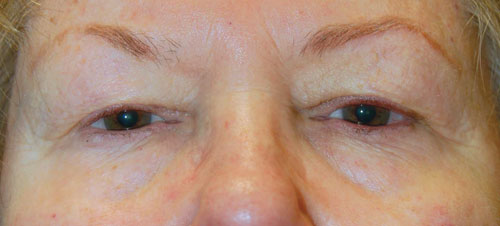
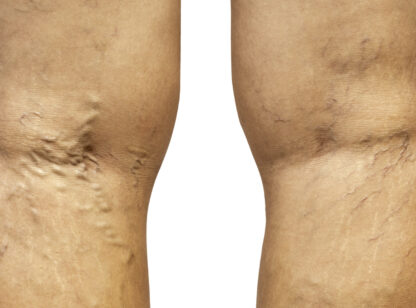
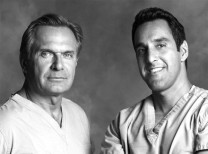
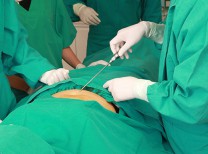

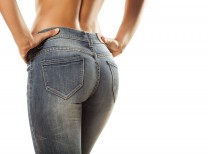
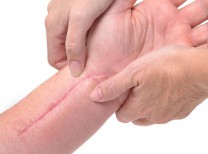




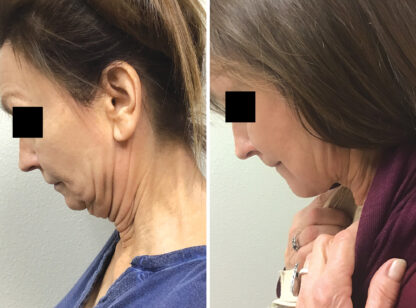



























Comments (0)